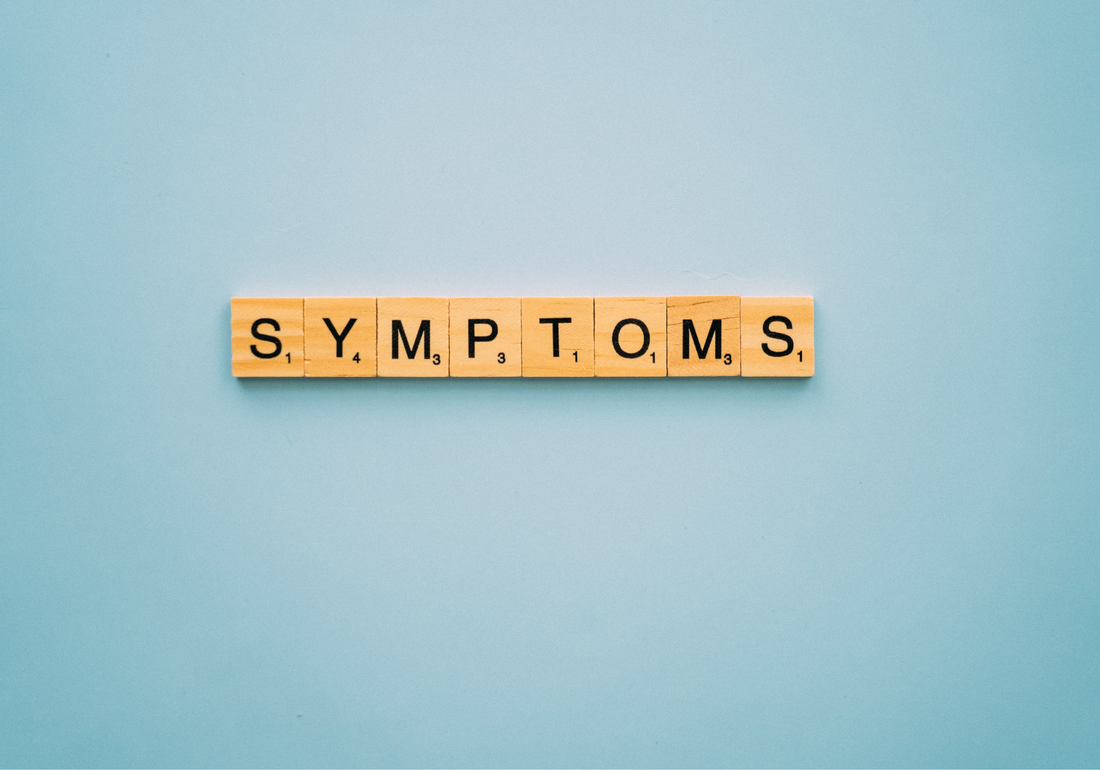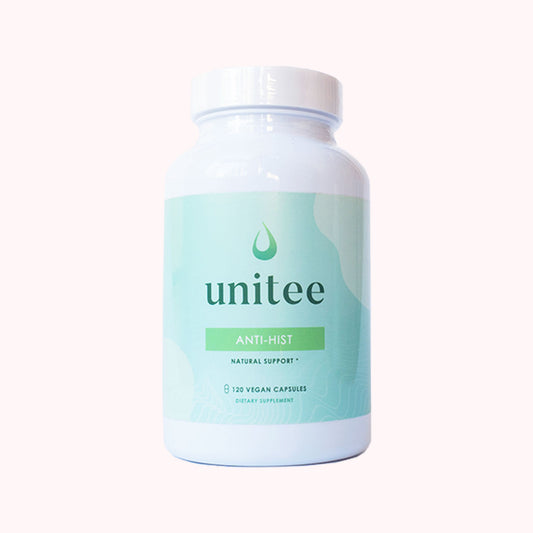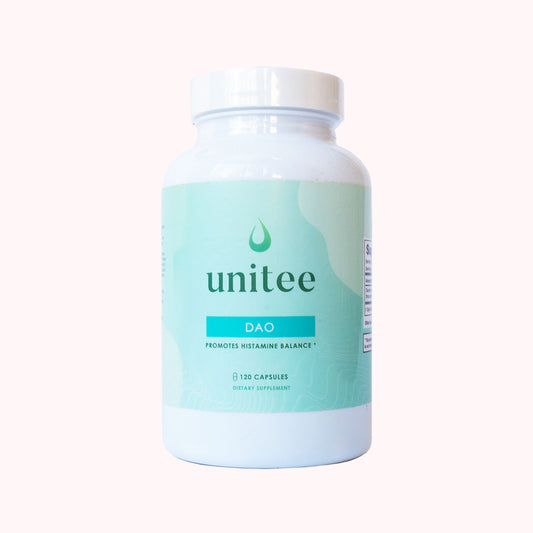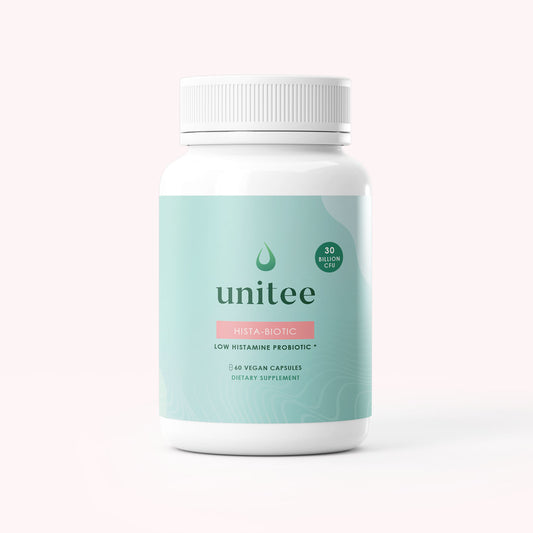Histamine intolerance is becoming increasingly identified as an underlying cause of numerous strange, allergy-like symptoms, which often appear without any history of such issues.
And, as histamine intolerance symptoms can be body-wide, it can become pretty difficult to pinpoint what the cause of this rare, multi-faceted disorder is.
The release of histamine occurs as part of a normal biological mechanism that involves activation of the immune system. It is best known as a compound that is released in response to the body being triggered by an allergen such as dust, pollen, pet dander, or venomous bites and stings that cause allergic reactions to occur (think seasonal allergies that many people take antihistamines for).
But, when your body is functioning properly, histamine is produced and degraded throughout the day, which prevents histamine from building up to intolerable levels in the body, thus keeping you from experiencing chronic and intense histamine intolerance symptoms (1).
When your body is dealing with histamine in the way it is supposed to, you often don't even know that your body has had a histamine reaction and you go about your day enjoying everything from chocolate to tomatoes to wine, without the ill health and confusion as to what may be going on that follows.
(Although, just a tip for all you wine-o's out there - I did my research on low histamine wine and posted a list of them for you to enjoy).
But let's get into those histamine intolerance symptoms and unpack the reason the body starts to get them in the first place...
Histamine Intolerance Symptoms: Histamine Behaving Badly
Let's say that everytime you come into contact with your pet, you eat a tomato or have some spinach, or you have even a small sip of sparkling wine, your nose gets stuffy, your eyes itch and water, you feel like your head is about to explode, you experience a rash somewhere on your body, and your tongue feels thick... you are probably histamine intolerant.
This means that the amount of histamine that your body is producing or consuming (through food and environment) is not balanced with the rate at which histamine is being degraded.
It causes higher-than-normal biological levels of histamine to build up in the body and, presto: histamine intolerance symptoms appear.
In histamine intolerant individuals, high levels of histamine are capable of producing those histamine intolerance symptoms that may seem similar to an allergic reaction like the hives, rashes, itching and congestion I mentioned earlier (2).
It's notable that, what many people don’t realize, is that histamine intolerance can also produce a variety of seemingly unrelated symptoms. These symptoms include digestive distress (particularly diarrhea, bloating and abdominal pain), mood issues, menstrual irregularities and pain, fatigue and many other symptoms that appear to be developing due to another condition.
Due to the fact that histamine intolerance symptoms are so variable, widespread and can impact nearly every single system in the body, histamine intolerance is one of the most difficult intolerances to identify and diagnose.
Additionally, the causes of histamine intolerance can be varied as well, making each case a complex combination of various factors.
Identifying Whether Your Symptoms Are Related to Histamine Intolerance
Now that you have a basic understanding that histamine intolerance can affect any system in your body, producing some seemingly strange symptoms, how do you identify them as being from histamine intolerance?
As we've mentioned, the symptoms are body-wide, which means they are difficult to pinpoint. It also means that if you go to a doctor and you tell them about your symptoms, they're going to ask you more about which of the symptoms are most bothersome. They'll likely treat you for that, or treat you for the symptom they think is most important.
Then, if they prescribe you medication for your headaches, for example, and it doesn't help, they'll likely send you off to a specialist. But what about your digestive symptoms, menstrual irregularities, low mood and fatigue? You may be told they're as a result of a poor diet, that you need to be on a contraceptive and anti-depressant, and perhaps just need to sleep more.
We're not blaming the doctors for looking at it as an unrelated set of symptoms. Because that's just it. To someone who hasn't been trained to recognize histamine intolerance and all of its related symptoms, the best approach is to try to treat the most urgent or bothersome symptom. So you can now see the reason histamine intolerance is so difficult to diagnose; not only because it can occur anywhere in the body, but because it also requires someone that has actually heard of the disorder to recognize it.
Unfortunately, it remains a significantly under recognized condition, even though an estimated 1% of the population experience histamine intolerance symptoms (3).
Now, 1% might not seem like a lot, but... think of your social media accounts, for example. How many people do you follow? Maybe a few hundred? Well, if you take 1% of the 100 people you follow, one in every 100 has histamine intolerance. Following 500 people? That likely means you know more people than you think who have the issue... And some of these people don't even know it themselves yet and continue to be treated separately for each one of their bothersome symptoms.
Another group of people who are living with some degree of histamine intolerance suffer from seasonal allergies as their only symptoms and they're able to find some sort of relief by taking anti-histamines.
So, I hope you can begin to understand how prevalent histamine intolerance symptoms actually are, and why it would be great if the healthcare system was more educated on this disorder.
Whether you're on the path to self-diagnosis of histamine intolerance or you're one of the luckier ones who is already working with a healthcare practitioner that is knowledgeable on the issue, it's always helpful to have more knowledge on the matter. That's why I've done a significant amount of research and made a list of common histamine intolerance symptoms for you to reference.
I've broken up this histamine intolerance symptoms list by categories that are grouped by different body systems (4). It can help you to see how histamine intolerance can affect different parts of the body, and can allow you to determine whether the symptoms you're suffering from may be associated with those relating to histamine intolerance.
My suggestion is to copy and paste this list into a notepad and check off or highlight the symptoms you experience.
Free Histamine Intolerance Food Guide!
Here's Your Comprehensive Histamine Intolerance Symptoms List
Gut & Digestive Symptoms
- Irritable Bowel Syndrome (especially IBS-D, or predominant diarrhea subtype)
- Bloating
- Diarrhea (outside of IBS)
- Excessive flatulence or gas
- Constipation (less common than diarrhea)
- Stomach aches or cramps (including severe menstrual cramps)
- Nausea
- Vomiting
- Acid reflux / Heartburn / Indigestion
- General chronic digestive symptoms that go undiagnosed
Skin symptoms
- Rashes
- Urticaria / Hives
- Psoriasis
- Eczema
- Acne or pimples
- Rosacea or redness
- Pruritus / Itchy skin (also ocular pruritus or itchy eyes)
- Inflammation of the skin without specific cause or explanation
Respiratory symptoms
- Congestion
- Asthma
- Runny nose
- Sneezing
- Chronic cough
- Rhinitis
- Difficulty breathing
Cardiac symptoms
- Arrhythmia
- Palpitations
- Fluttering
- Tachycardia / Fast heart rate
Circulatory symptoms
- Circulatory collapse
- Hypotension
- Hypertension
- Constant shivers or chills
- Dizziness on standing or exacerbated with exercise
Psychological symptoms
- Anxiety
- Stress
- Depression
- Mood swings or imbalances
- Irritability
- Inattentiveness
- Lack of concentration
Additional symptoms
- Headaches / migraines
- Fibromyalgia / chronic fatigue syndrome
- Watery eyes
- Fatigue
- Sleep issues
- Edema (swelling often around eyes, mouth and throat, may also affect the limbs)
As you can see from this extensive list of histamine intolerance symptoms, there can be a lot of variability in the disorder. You may be dealing with only a few or many of these symptoms, either of which means your body is not tolerating the levels of histamine you're making or consuming.
Now that you know which body systems your histamine intolerance is affecting, I can make a suggestion as to what you can do next...
Start a Low Histamine Diet to Further Identify Which Symptoms Are Related to Histamine Intolerance
One of the best ways to identify if your symptoms are due to histamine intolerance, is to follow a simple low histamine diet, which is used to reduce internal histamine levels and alleviate symptoms (5).
If symptoms are due to histamine intolerance, studies have shown that by following a low histamine diet, symptoms may begin to subside within the first 1-2 weeks.
To receive my free low histamine diet, along with a guide to histamine intolerance and info on finding the root cause of your intolerance, click the button below!
The free diet guide also comes with additional resources for suggestions on how to go about alleviating your symptoms. You'll get a free food diary and other helpful tips to make the diet easier while actually healing from your histamine intolerance, rather than just eliminating foods without knowing which ones are affecting you.
Remember, when it comes to healing your high histamine symptoms, it is important to address the issue from the root so that you can fully address the problem. Otherwise, you will continue to experience histamine symptoms every time you are exposed to high histamine foods, which may be an improvement from your current state, but definitely isn't where you want to be forever!
I hope this symptom list has brought you some solid information and clarity about what may be going on.
And know this: you're not crazy, you're not undiagnosable! Your symptoms are very real and, best of all, there is hope that they can be properly managed and your body can be healed.
References:
- Comas-Basté O, Sánchez-Pérez S, Veciana-Nogués MT, Latorre-Moratalla M, Vidal-Carou MDC. Histamine Intolerance: The Current State of the Art. Biomolecules. 2020;10(8):1181. Published 2020 Aug 14. doi:10.3390/biom10081181
- Sánchez-Pérez S, Comas-Basté O, Rabell-González J, Veciana-Nogués MT, Latorre-Moratalla ML, Vidal-Carou MC. Biogenic Amines in Plant-Origin Foods: Are they Frequently Underestimated in Low-Histamine Diets? Foods. 2018; 7(12):205. https://doi.org/10.3390/foods7120205
- Hrubisko M, Danis R, Huorka M, Wawruch M. Histamine Intolerance-The More We Know the Less We Know. A Review. Nutrients. 2021;13(7):2228. Published 2021 Jun 29. doi:10.3390/nu13072228
- Jochum C. Histamine Intolerance: Symptoms, Diagnosis, and Beyond. Nutrients. 2024;16(8):1219. Published 2024 Apr 19. doi:10.3390/nu16081219
- Sánchez-Pérez S, Comas-Basté O, Veciana-Nogués MT, Latorre-Moratalla ML, Vidal-Carou MC. Low-Histamine Diets: Is the Exclusion of Foods Justified by Their Histamine Content?. Nutrients. 2021;13(5):1395. Published 2021 Apr 21. doi:10.3390/nu13051395

Anita Tee
My name is Anita Tee. I'm a nutritional scientist who specializes in histamine intolerance. I hold a Master of Science in Personalized Nutrition and a Bachelor of Science in Human Biology and Psychology.
For the past ten years, I have used my experience in nutritional and medical health sciences to create a scientifically backed, natural approach to healthcare that relies 100% on evidence-based research.
As I previously suffered from - and overcame - histamine intolerance, my focus is to increase recognition and expand the available resources and protocols available for resolving this particular disorder. To date, I have helped over 4,000 individuals fully resolve or better manage their histamine intolerance symptoms.







